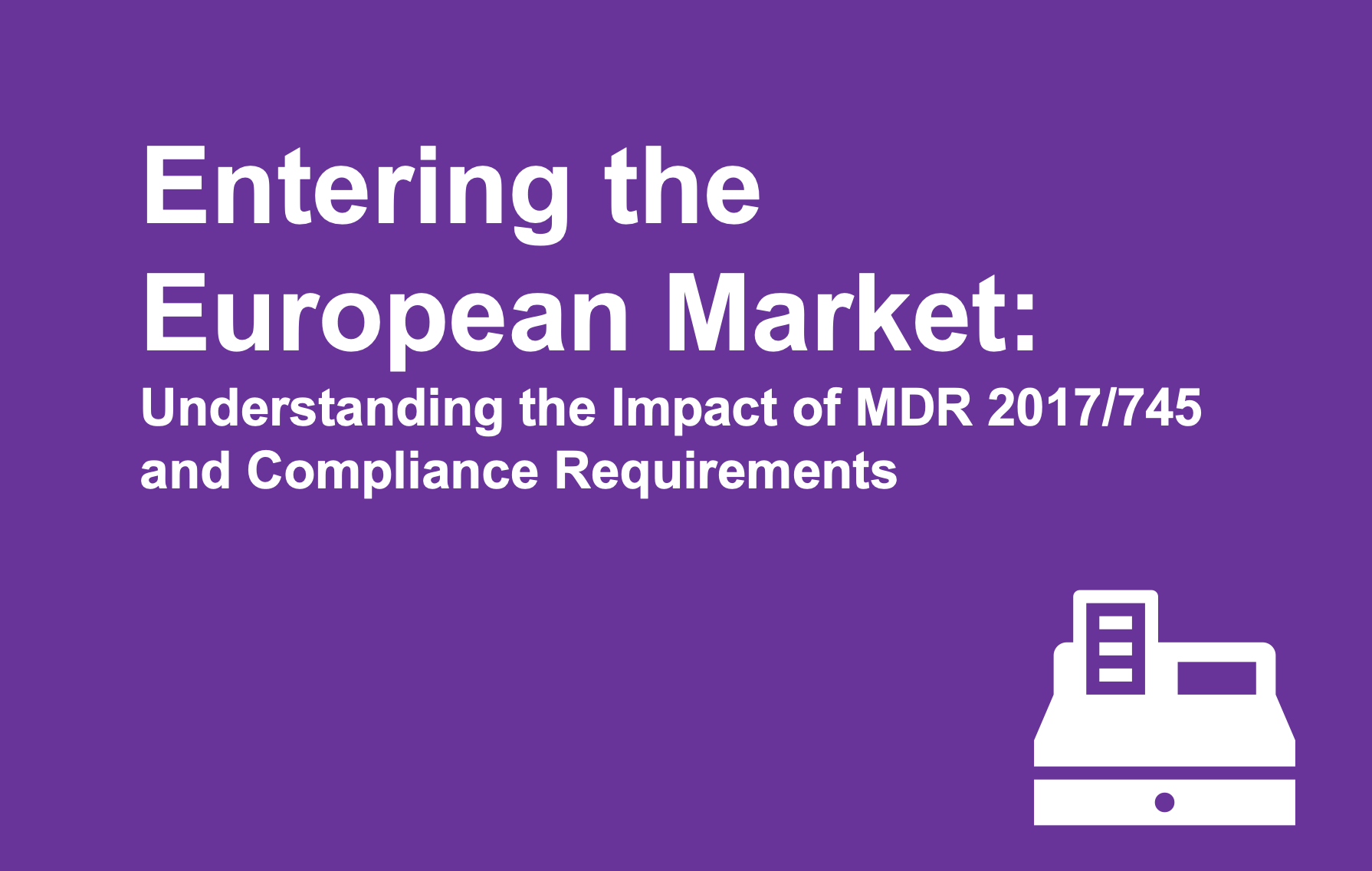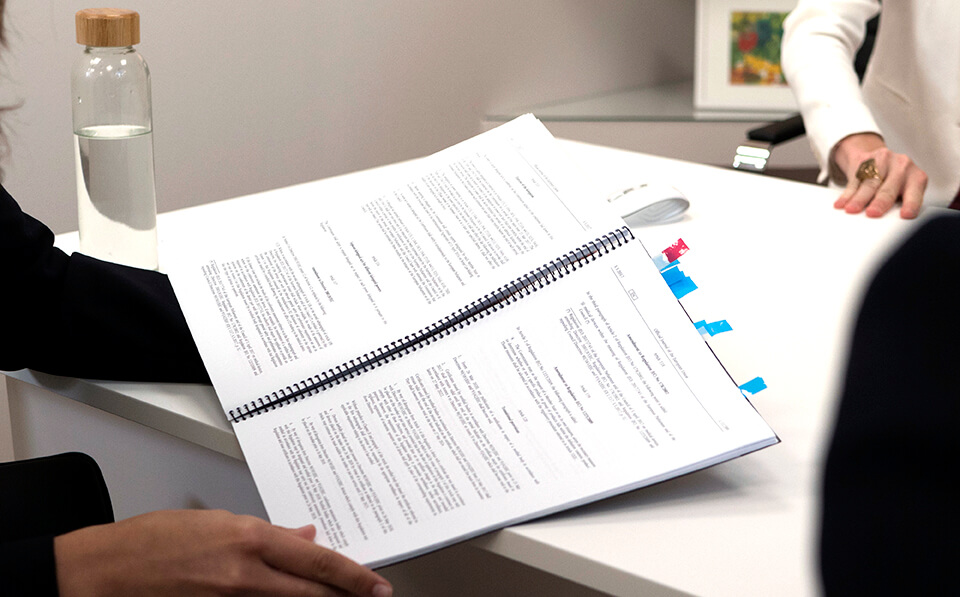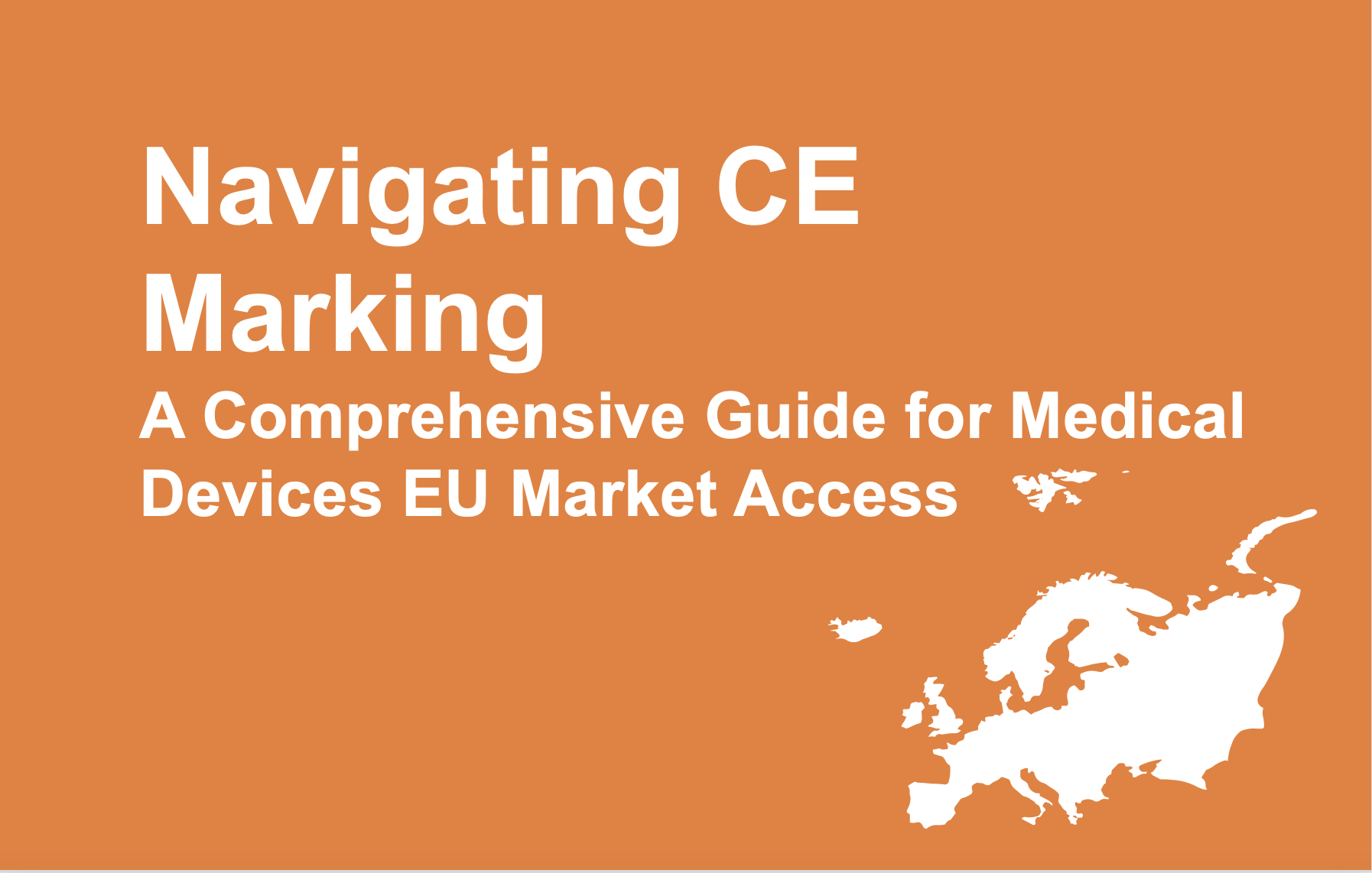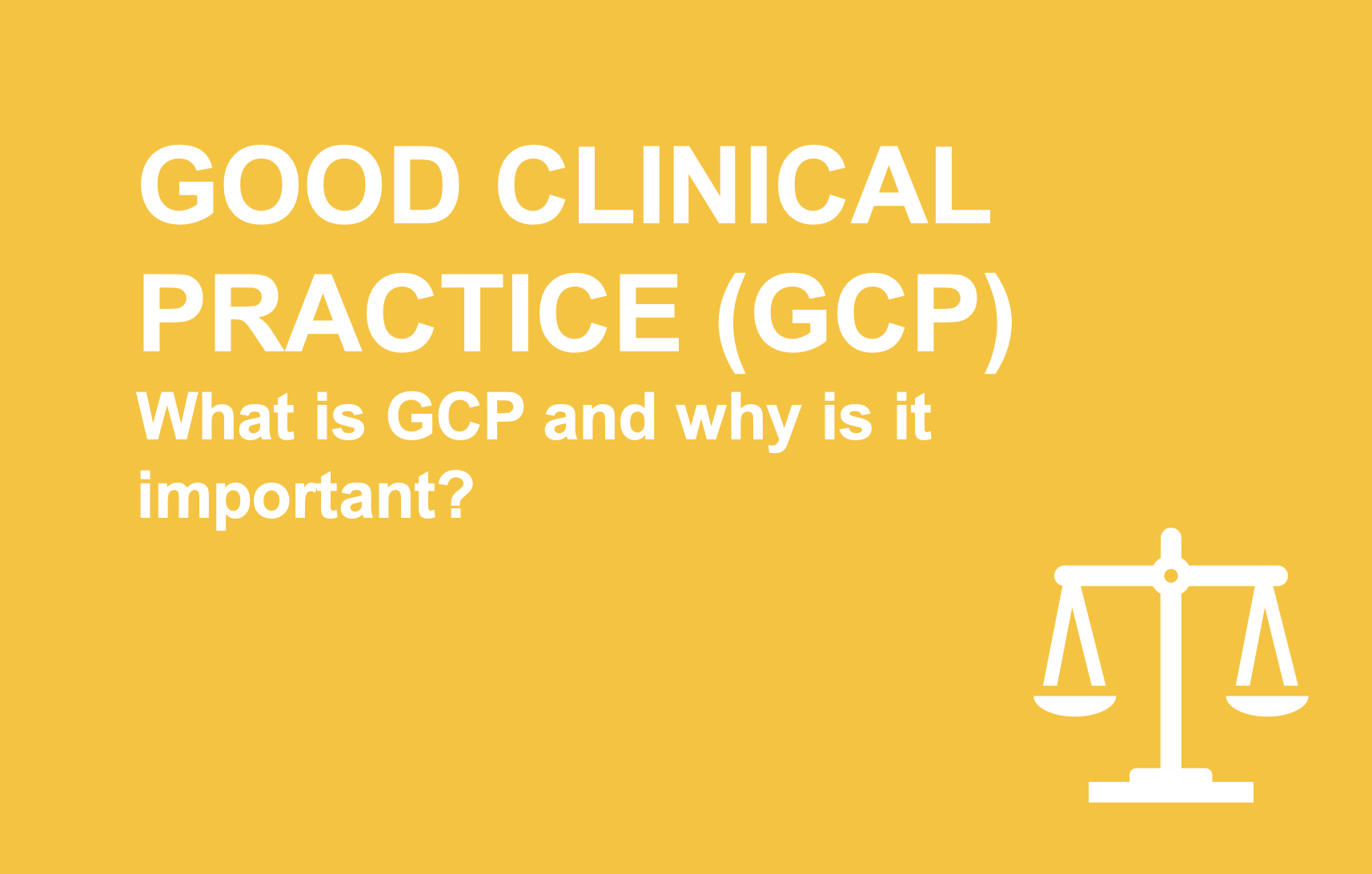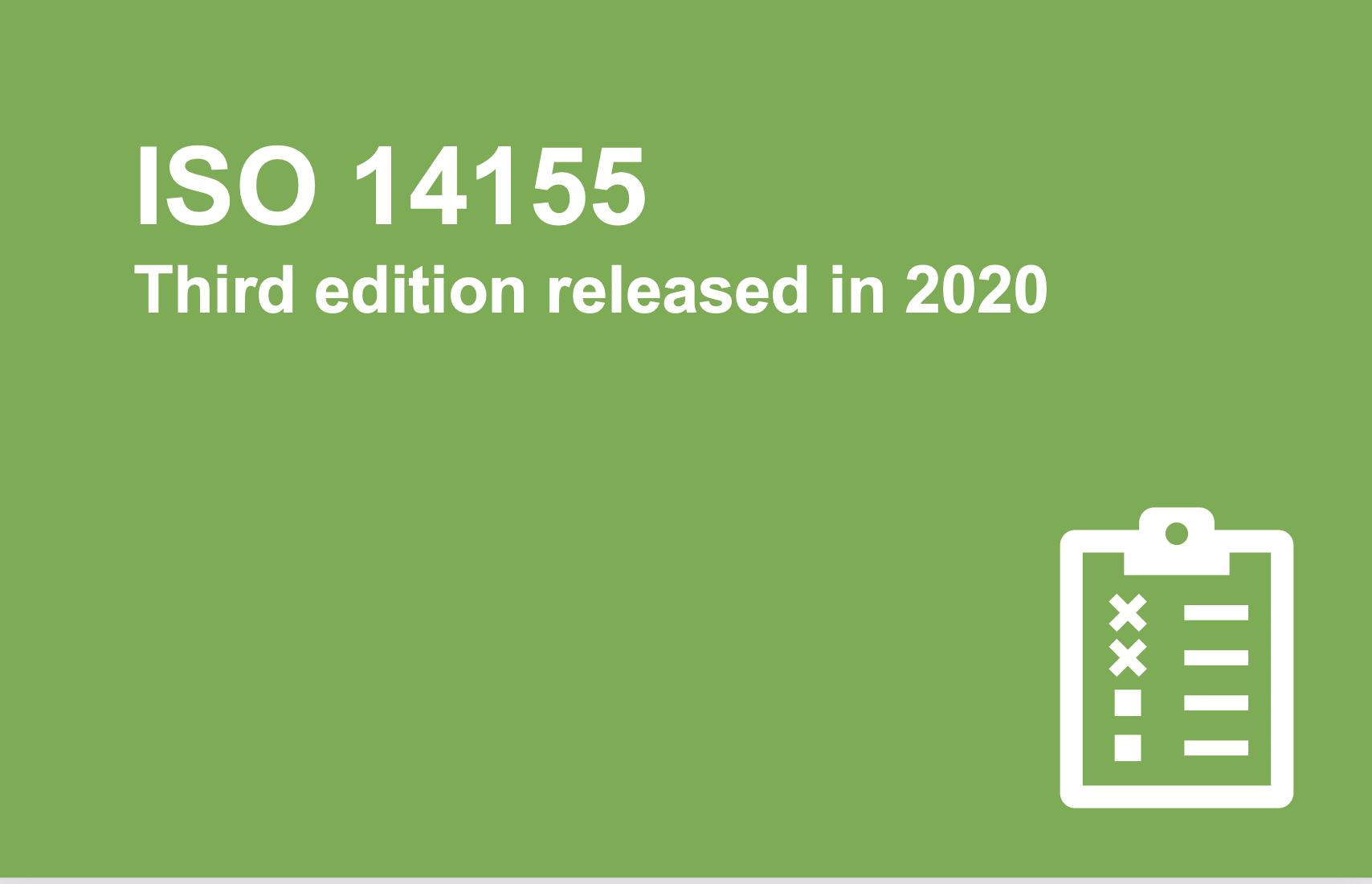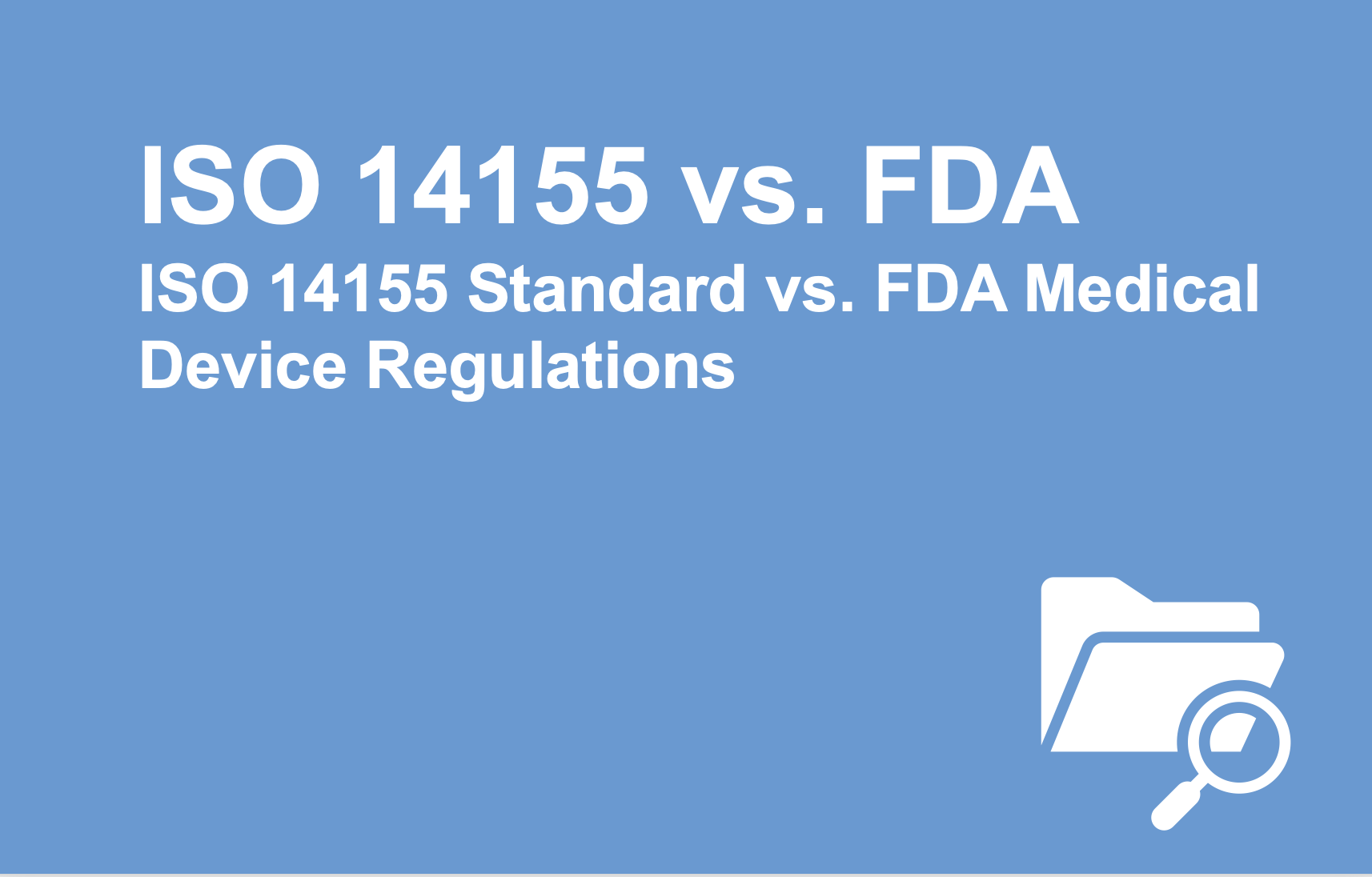Historically, it has been perceived that bringing medical products to the European market before the US market is advantageous due to the differences in requirements and processes. The US market entry process, specifically the FDA approval process, has traditionally been more time-consuming compared to the relatively easier process in Europe. Non-compliance issues in Europe were handled through notification rather than pre-approval, leading to the belief that it took less time to enter the EU market. However, the introduction of the Medical Device Regulation 2017/745 (MDR) has brought about changes that challenge this perception.
MDR 2017/745, an amendment to EU Directive 93/42/EEC, outlines essential health and safety requirements for medical device manufacturers aiming to enter the European market. It establishes Harmonized Standards that ensure the safety of products in the market. While there are similarities between the FDA system in the US and the European Commission’s system in Europe, there are also differences. Therefore, understanding compliance issues specific to your product is crucial.
One significant factor introduced by MDR 2017/745 that may impact the timeframe for EU market entry is the requirement for each product to have a Unique Device Identifier (UDI). This requirement is now common to both the EU and the US markets. The UDI system, initially introduced in the US in 2007, aims to enhance market transparency and facilitate efficient market surveillance. It also reduces the risk of errors or malfunctions, ensuring the safety of patients and users.
Another important factor is the increased importance and accessibility of the EUDAMED system. Under MDR 2017/745, EUDAMED (the European Database on Medical Devices) is now accessible to EU member states, the European Commission, relevant Notified Bodies, economic operators, sponsors, and the public. Previously, access was limited to the EU Commission and the relevant Competent Authorities. This expanded accessibility aims to improve transparency in the EU market. Furthermore, the EUDAMED database has been expanded to include various aspects such as Unique Device Identification, registration of economic operators and devices, Notified Bodies accreditation, performance studies, vigilance, post-market surveillance, and compatibility with national databases for the import and export of information.
As a result of these new introductions under MDR 2017/745, manufacturers and distributors may experience longer entry times to the European market. However, it’s important to note that each market should be approached individually, considering its specific guidelines and regulations. Choosing one market over another without careful consideration can lead to complications in the long run.
In conclusion, the introduction of MDR 2017/745 has brought changes to the European market entry process for medical devices. Compliance with the new regulations, including the implementation of UDIs and the utilization of the EUDAMED system, may impact the timeframe for market entry. It is crucial for manufacturers and distributors to understand and adhere to the specific requirements of each market to ensure successful entry and compliance with regulations.


